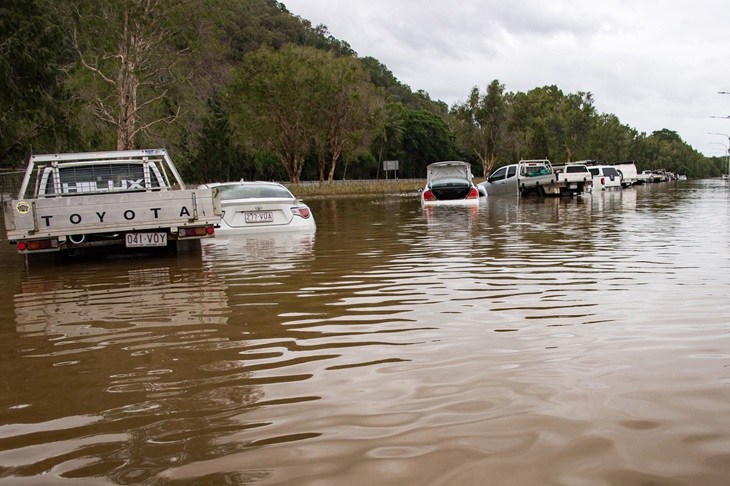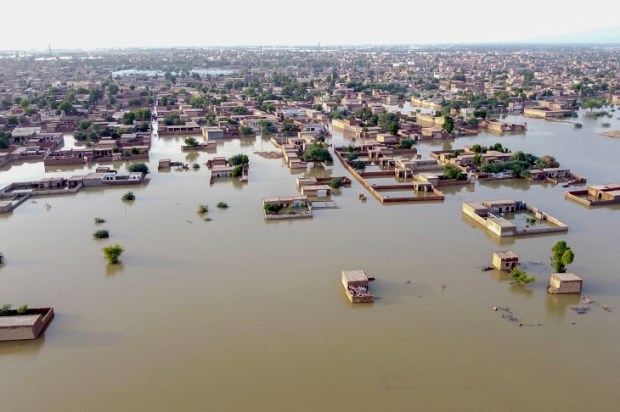The damage from recent Cyclone Jasper has taken many, including the Bureau of Meteorology, by surprise. The failure to predict the severity of the subsequent Queensland storms has further dented their reputation, however, they still confidently predict changes to the climate due over the next 30 years!
It appears they recognise their vulnerability, as they have introduced a disclaimer notice for those who wish to use the BOM app, excluding any liability.
Already a subscriber? Log in
Subscribe for just $2 a week
Try a month of The Spectator Australia absolutely free and without commitment. Not only that but – if you choose to continue – you’ll pay just $2 a week for your first year.
- Unlimited access to spectator.com.au and app
- The weekly edition on the Spectator Australia app
- Spectator podcasts and newsletters
- Full access to spectator.co.uk
Or


























Comments
Don't miss out
Join the conversation with other Spectator Australia readers. Subscribe to leave a comment.
SUBSCRIBEAlready a subscriber? Log in